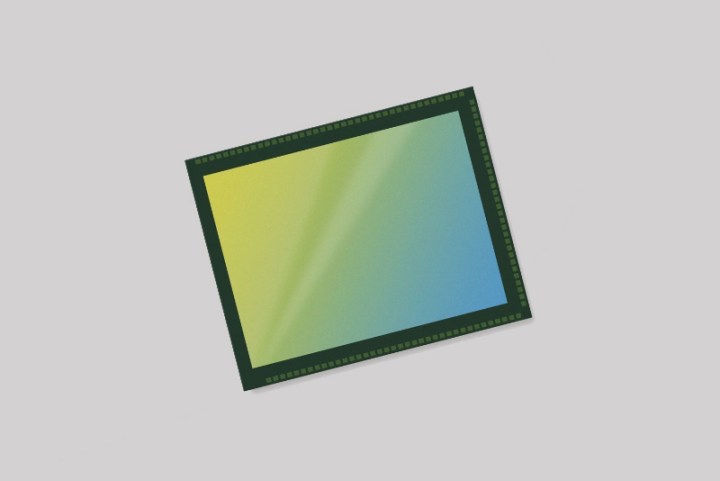
While a few advanced camcorders and a handful of still cameras can reach that 60fps, most small 4K cameras top out at 30fps. Along with delivering that high frame rate in a 4K2K resolution, the 12-megapixel sensor is also capable of capturing regular HD resolution at up to 240fps for creating slow-motion effects.
The 1/2.3-inch CMOS sensor uses a stacked design, which allows the sensor to capture high resolution shots while taking up less space inside the camera, leading to a smaller unit overall, making the sensor ideal for drones and small action cameras. Using a backlit design also enhances the sensor’s low light performance. The sensor can also capture 12-bit images and video at 30fps.
“We are seeing rapid growth in the markets for consumer drones, surveillance systems, and 360-degree action cameras, in part due to the increasing demand for aerial photography and 4K-resolution panoramic videos in security and virtual reality applications,” said Kalairaja Chinnaveerappan, senior product marketing manager at OmniVision.
“The 12-megapixel OV12895 aligns well with these consumer product segments because it strikes a balance between solid pixel performance and high resolution, in a widely used 1/2.3-inch optical format. The OV12895 builds on our latest-generation PureCel Plus-S stacked-die architecture and has many desirable features for these applications.”
OmniVision, a company that was responsible for 23 percent of CMOS sensor shipments last year, says its latest sensor will be entering production for drone cameras, action cameras, and surveillance systems in the first quarter of 2017.




